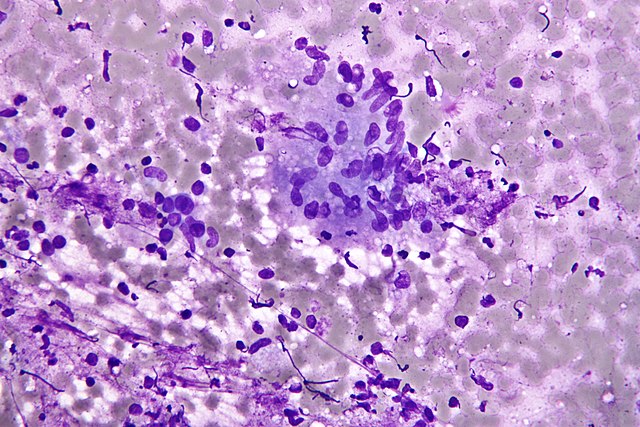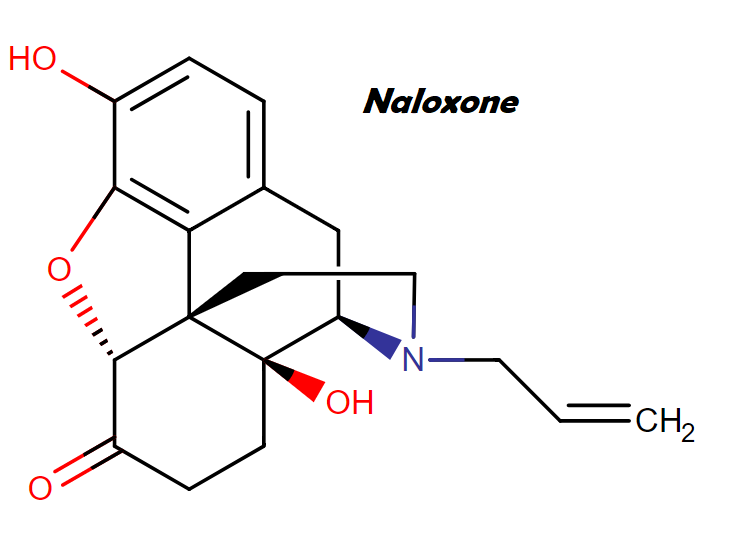These implants are designed to degrade and be absorbed by the body over time, eliminating the need for future removal procedures. In this article, we explore the potential of this exciting new class of implants and how they may revolutionize medical treatment in the years to come.
What are Bioresorbable Implants?
Bioresorbable implants are medical devices made from specially engineered materials that degrade and dissolve naturally within the body after serving their intended purpose. Unlike traditional metal implants which require removal during a follow-up surgery, bioresorbable implants are designed to harmlessly disintegrate into harmless compounds as the healing process progresses. Key implant materials include biodegradable polymers like polylactic acid (PLA) or polyglycolic acid (PGA) which break down over months or years through hydrolysis, allowing the body to eventually reuse or expel the absorbed molecules.
Applications in Orthopedic Surgery
Orthopedic applications have emerged as a major area of interest for Bioresorbable Implants technology. Fracture fixation implants like screws, pins and plates traditionally made from stainless steel or titanium could potentially be replaced by absorbable alternatives. This would avoid problems associated with permanent metal hardware such as stress shielding, hardware irritation or the need for postoperative implant removal. Initial clinical trials have shown promising results for PLA fracture fixation devices that degrade as bone heals, transferring stress back to the newly-forming tissue. Bioresorbable rods and anchors are also being studied for use in soft tissue repair like rotator cuff surgery without requiring device explantation.
Uses in Cardiovascular Medicine
Degradable stents have significant appeal for treating coronary and peripheral artery disease. Traditional metal stents require long-term blood thinning medication due to their permanent nature inside blood vessels. By contrast, bioresorbable polymer scaffolds could provide temporary vessel support during healing and then disappear, allowing full vessel restoration and removal of medication requirements. Clinical studies found absorbable magnesium alloy and PLLA stents safely dissolved within 3 years, with no increase in blockages compared to metal types. As technology progresses, degradable stents may see increased adoption for improving quality of life after implant.
Replacing Sutures and Staples
Absorbable biopolymers have well-established roles as temporary wound closure devices. Biodegradable sutures avoid problems of irritation or infection from permanent synthetic materials. PLA staples are gaining acceptance for use in minimally invasive surgical procedures like lung biopsies or thoracoscopy instead of metallic versions. Bioimplant manufacturers continue to develop stronger, more tailored resorption profiles for these uses. New formulations may see staples and sutures with mechanical integrity sufficient for higher-tension applications. This further expands the palette of procedures where tissue can be joined purely absorbable devices.
Future Possibilities
Looking ahead, bioresorbable implants open doors to new frontiers in medicine still difficult reach with permanent metal or plastic hardware. Researchers envision degradable drug-releasing scaffolds, meshes and gels for delivering tailored pharmaceutical therapies directly to injury sites. Implantable glucose monitors or insulin pumps made entirely from resorbable components could remove need for future removal once treatment is complete. Tissue engineering using biopolymer scaffolds may build new bone, cartilage or other structures that gradually degrade to make way for fully regenerated tissue. Though challenges remain in refining materials and validating long-term performance and safety, bioresorbable implants show genuine potential to revolutionize how many medical conditions are treated in the decades to come. As technology progresses, these absorbable devices could vastly improve recovery and quality of life for patients worldwide.
In summary, bioresorbable implants represent an exciting paradigm change for medical devices. Gradually replacing permanent metal and plastic implants, absorbable alternatives aim to serve their function during healing and then harmlessly degrade away, eliminating device explantation. Orthopedic, cardiovascular and soft tissue applications already demonstrate benefits, with many future possibilities on the horizon. Through continued refinement, bioresorbable materials could transform how medicine repairs and regenerates injured tissues. These implants truly exemplify technology improving lives by disappearing once their purpose is fulfilled.
Note:
1. Source: Coherent Market Insights, Public sources, Desk research
2. We have leveraged AI tools to mine information and compile it



